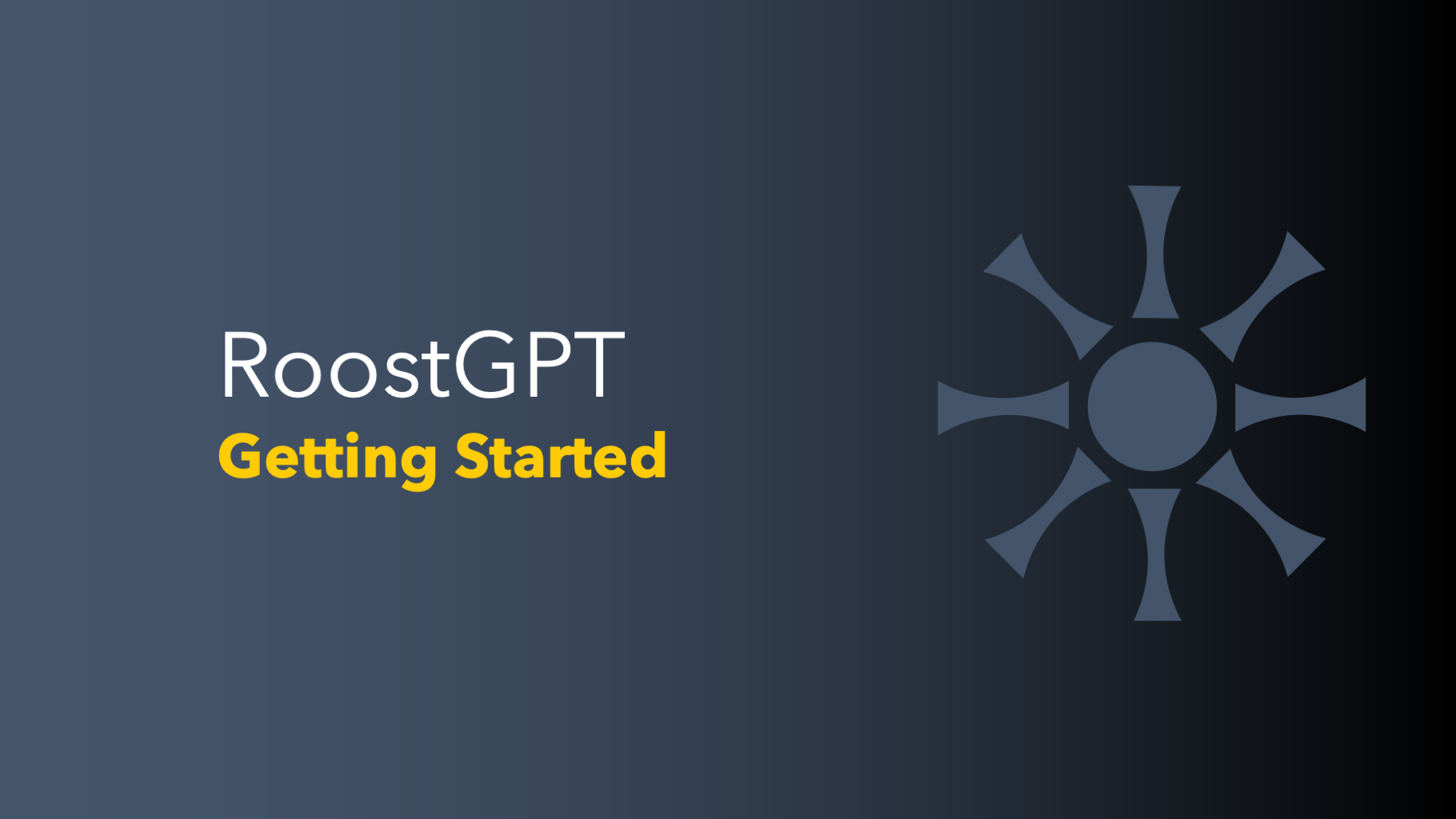<< Previous Edition: Is the cost of fine-tuning worth it for Enterprises?
As our regular readers know, we've been avidly discussing the importance of data in its various forms, be it synthetic data or vector databases. Synthetic data opens up new frontiers, while vector databases are crucial for storing and retrieving embeddings. Amidst this evolving landscape, "Retrieval Augmented Generation," or RAG, has surfaced as a key framework. We first touched on RAG in newsletter #103. It's exciting to witness how RAG has now become a central topic of conversation in the world of large language models and generative AI. Today, if you're not up to speed with RAGs, it might just seem like you've been living under a rock.
Historical Context of RAG
The concept of Retrieval-Augmented Generation (RAG) was initially introduced for enhancing Natural Language Processing (NLP) tasks, not specifically for large language models (LLMs). The seminal paper, "Retrieval-Augmented Generation for Knowledge-Intensive NLP Tasks," published by Patrick Lewis and his team at Facebook AI Research in 2020, marked the inception of RAG in the AI community. This innovative approach was developed to significantly improve the performance of NLP tasks, especially those requiring extensive knowledge, such as open-domain question answering.
RAG's core innovation lies in its ability to dynamically retrieve information from databases or knowledge bases during the generation process. This not only elevated the accuracy and depth of responses but also introduced a new level of contextual richness in NLP applications. While RAG was initially tailored for NLP, its principles and methodologies have been increasingly adopted and adapted for large language models, showcasing its versatility and transformative impact across various domains in artificial intelligence.
Vector Embeddings: The Lingua Franca of AI
Vector embeddings, a critical component in the realm of AI, have been discussed from multiple perspectives in previous articles. However, their fundamental role in powering generative applications is so central that delving into this topic repeatedly only enriches our understanding. Vector embeddings act as the lingua franca or universal language within AI systems, enabling machines to interpret, process, and generate human language in a way that's both meaningful and contextually relevant.
The distinction between semantics and meaning plays a vital role in the functionality of vector embeddings, mirroring a common issue we encounter in everyday language. In the realm of AI and data retrieval, this distinction manifests in two distinct types of searches: sparse and deep search. Sparse search, often driven by semantics or keyword-based matching, focuses on surface-level data points, akin to looking for specific words or phrases.
In contrast, deep search, which leverages vector embeddings, delves into the underlying meaning, capturing the context and nuanced relationships beyond mere keywords. This deep search approach, powered by vector embeddings, is fundamental in achieving a more profound, meaningful, and contextually rich understanding in AI applications, moving beyond the limitations of traditional keyword-based methods.
Embeddings and Efficient Data Management
The management of vector databases is a nuanced task, particularly when determining which vector embeddings warrant permanent storage. This mirrors strategies from the big data and streaming data domains, where selective storage is paramount. A notable concept from these areas is 'multi-temperature data management', which asserts that the value of data declines as its recency or 'temperature' decreases. Consequently, recent data, or 'hot data', is considered more valuable and is stored differently from older, 'cold data'. When applied to vector embeddings, this approach fosters a more effective data management strategy, enabling AI systems to harness the most relevant information for generating precise, context-aware responses.
In the realm of Large Language Models (LLMs), two challenges predominate: processing proprietary data and keeping abreast of recent events. These challenges, pertaining to proprietary and timely data, are distinct but equally vital. Proprietary data enables models to generate enterprise-specific insights, while current data, be it proprietary or public, ensures the model's relevance to ongoing developments.
Retrieval-Augmented Generation (RAG) presents a refined solution to these challenges. It empowers LLMs to effortlessly integrate both proprietary data and the latest information into their knowledge frameworks. This methodology not only tailors LLMs to specific organizational requirements but also keeps them updated with the latest data. RAG thus acts as a conduit, harmoniously merging these two orthogonal data streams, thereby boosting the LLMs' efficacy and applicability.
The Future of Generative AI with RAG
As we've explored, Retrieval-Augmented Generation (RAG) stands at the forefront of advancements large language models and generative AI. By bridging the gap between rich data management strategies and the dynamic processing capabilities of LLMs, RAG represents a significant leap in our quest for more intelligent, responsive, and context-aware AI systems. Looking ahead, the continued evolution of RAG promises to further revolutionize the way we approach complex AI tasks, opening new frontiers for innovation and application. As AI continues to evolve, RAG will undoubtedly play a pivotal role in shaping this transformative journey.



